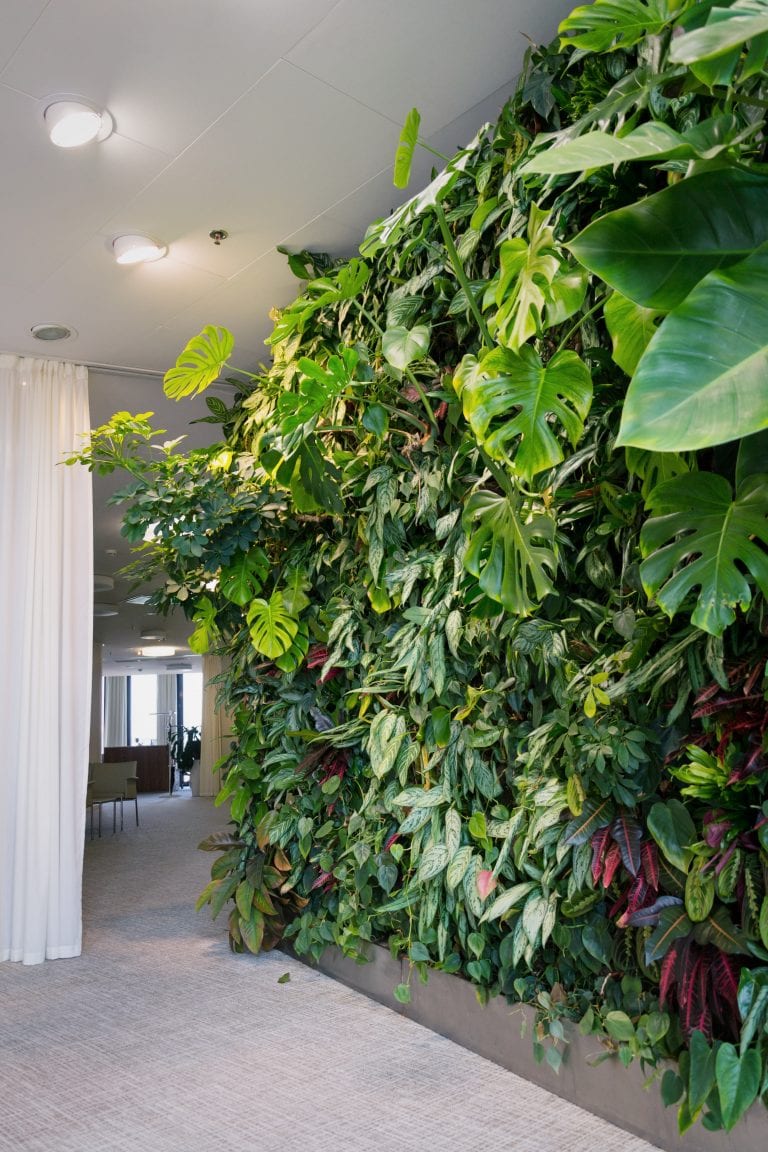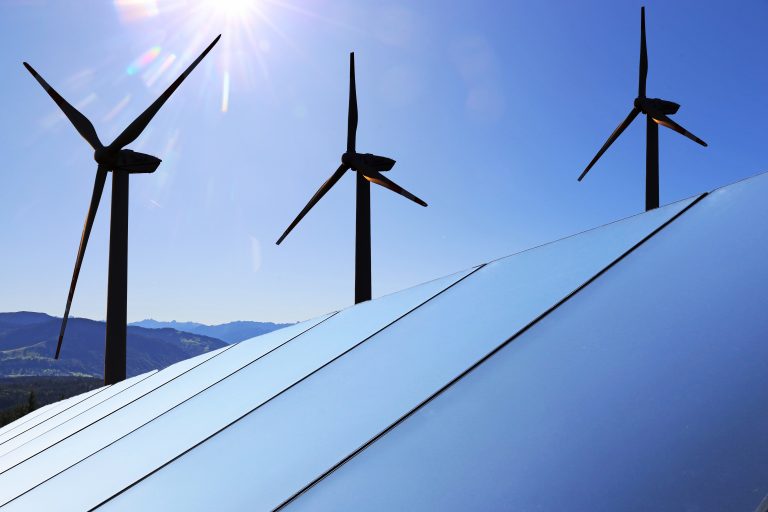Website Sustainability

The importance of a sustainable website and green hosting
The internet consumes over 400TWh of electricity per year, and therefore produces very high levels of greenhouse emissions.
Sustainable web design and ‘green hosting’ describe all web processes that can be altered to reduce emissions caused by the site existence including design, development, and SEO.
We chose to work with a web development company that specialises in green hosting to ensure extra efforts were put in across the development and creation of the site.
These decisions ultimately came down to UKGBC driving our mission of being the voice of the sustainable built environment and the realisation that the internet is not just virtual, it is a massive physical infrastructure that must not be overlooked.

Website performance


